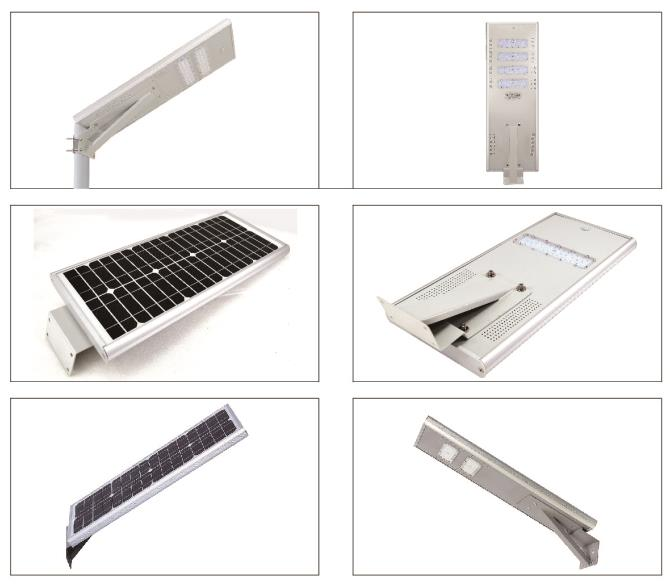What is the role of solar controller in solar street light?
2022-05-06
The special solar controller for solar street lights should mainly have the following functions:

1. Anti-reverse charging control
The function of preventing reverse charging, generally speaking, is to connect a diode in series in the solar cell circuit. The diode prevents reverse charging. This diode should be a Schottky diode, and the voltage drop of the Schottky diode is lower than that of ordinary diodes. In addition, the anti-reverse charging function can also be controlled by a field effect transistor. Its tube voltage drop is lower than that of a Schottky diode, but the control circuit is more complicated than the previous one.
2. Anti-overcharge control
To prevent overcharging, a discharge transistor can be connected in series or in parallel in the input loop, and the voltage discrimination circuit controls the switch of the transistor to discharge excess solar cell energy through the transistor to ensure that there is no excessive voltage to charge the battery. The key is to prevent the selection of overcharge voltage, the single-cell lead-acid battery is 2.2V.
3. Anti-overdischarge control
Except for Ni-Cd batteries, other batteries generally have the function of preventing battery over-discharge, because it will cause permanent damage to the battery over-discharge. It should be noted that the solar cell system generally discharges at a small rate relative to the battery, so the discharge cut-off voltage should not be too low.
4. Temperature compensation
For temperature compensation, the battery voltage control point changes with the ambient temperature, so the solar light system should have a temperature-controlled reference voltage. For a single lead-acid battery, it is -3~-7mV/℃, we usually choose -4mV/℃.




